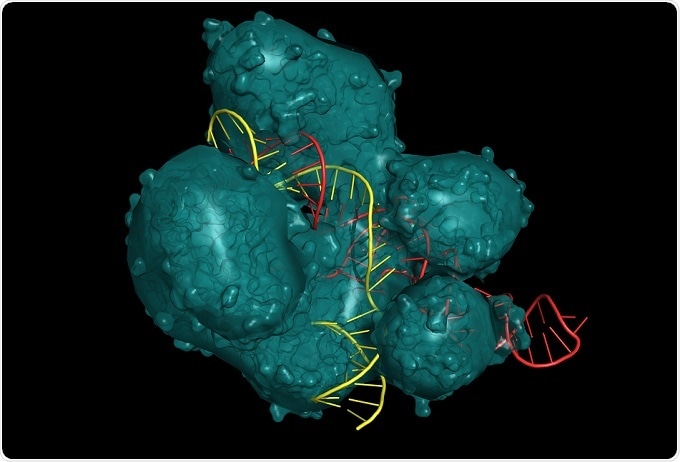Nov 16 2017
Researchers at the University of California, Riverside, have shown that it is possible for transgenic mosquitos to stably express the Cas9 enzyme in their germline. Cas9 addition will allow the utilization of the CRISPR gene editing tool to carry out efficient and highly targeted changes to the DNA of the mosquitoes.
 © ibreakstock/Shutterstock.com
© ibreakstock/Shutterstock.com
As proof of concept, the researchers utilized the system to disrupt the development of eye, wing, and cuticle, developing wingless, three-eyed, and completely yellow mosquitoes. The long-term objective of the researchers is to utilize Cas9-expressing mosquitoes, together with atechnology known as gene drives, to spread and insert genes that suppress the insects while avoiding the resistance that evolution would usually support. Aedes aegypti are major carriers of zika, chikungunya, yellow fever, and dengue and are dramatically becoming resistant to common pesticides.
Earlier efforts using genome editing to avoid mosquitoes from spreading pathogens have been found to have ineffective transmission of disrupted genes to offspring, poor survival rate of edited mosquitoes, and low mutation rates. Transgenic mosquitoes expressing a bacterial Cas9 enzyme in the germline have been developed by the researchers, which allow highly effective genome editing through the CRISPR system.
CRISPR functions like a pair of molecular scissors, which cuts out and replaces particular DNA sequences based on an RNA guide. In this study, the researchers utilized the system to disrupt genes that govern feeding, flight, and vision, leading to mosquitoes with malformed wings, defects in cuticle color and eye, and an additional eye among other variations.
Omar Akbari, lead author of the study and assistant professor of entomology in UCR's College of Natural and Agricultural Sciences indicated that these strains denote the first step toward utilizing gene drive systems to govern mosquito populations and decrease the diseases that are spread by them.
Akbari stated:
These Cas9 strains can be used to develop split-gene drives which are a form of gene-drive by which the Cas9 and the guide RNA's are inserted at separate genomic loci and depend on each other for spread. This is the safest way to develop and test gene drives in the laboratory to ensure no spread into the wild."
Gene drives significantly raise the odds, from 50% to 99%, that a gene or set of genes will be transmitted to offspring. This count can possibly increase to 100% when a target gene is subjected to disruption in multiple sites, an approach known as multiplexing that has recently been mathematically modeled by researchers.
Gene drives can be involved to bias genetic inheritance in favor of genes that are self-destructive and spread rapidly, similar to those that disrupt fertility, and could be a cost-effective and environment-friendly approach to control the populations of disease-spreading insects.
Akbari suggested that further steps should be carried out to detect the regulatory sequences whic express the guide RNAs from the genome, and once these sequences are identified, developing gene drives in the species should be turnkey.